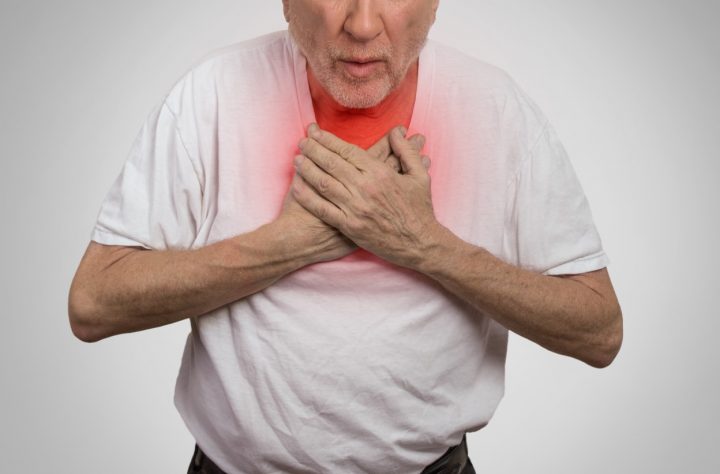COPD Patients at Exercise Benefit from Non-Invasive Ventilation

Researchers at Ege University in Turkey recently showed that non-invasive ventilation (NIV) and supplemental oxygen can offer clinical benefits to patients with severe chronic obstructive pulmonary disease (COPD) during exercise training. The results were presented at the American College of Chest Physicians Annual Meeting (CHEST 2015), held Oct. 24–28 in Montreal, Canada, in the session Pulmonary Rehabilitation. The presentation was entitled “The Effect of Adding Noninvasive Ventilation to Supplemental Oxygen During Exercise Training in Severe COPD: A Randomized Controlled Study.”
COPD is a major cause of morbidity and mortality worldwide, characterized by obstruction of the airways, shortness of breath (dyspnea), coughing, and acute exacerbations. COPD can seriously impact the patient’s physical capacity, well-being and social functioning.
Researchers investigated the impact of using NIV and supplemental oxygen during exercise training (assessed by walking distance). In total, 35 patients with COPD (mean age of 65.4 years) underwent exercise training for a period of eight weeks. Three groups were created: one where patients used NIV and supplemental oxygen (O2) during the training, a second where patients used only O2, and a third group where patients performed their exercises without respiratory support.
The team assessed the health status of all study patients by lung function, dyspnea, blood gas analysis, respiratory muscle strength, exercise capacity, lactate levels, and depression and anxiety levels.
Researchers found that in terms of depression and increase in exercise capacity, exercise training alone did not have a significant impact. But both parameters improved in the group combining exercise training and respiratory support through NIV and O2 as well as the group receiving just O2. The total lung capacity was found to be reduced in patients receiving both NIV and O2 during exercise, while patients under O2 had no significant change. Dyspnea was found to improve only in the group of patients under O2 support.
Overall, the authors concluded that supplemental oxygen combined with NIV during exercise training can help reduce hyperinflation (an abnormal increase in functional residual capacity of the lung, meaning the lung volume at the end of an expiration), and to improve dyspnea, respiratory muscle function, exercise capacity, depression, and quality of life in patients with severe COPD. The authors recommend physicians to use NIV during exercise training in this patient population.
“The study concluded that adding noninvasive ventilation to oxygen during exercise training in patients with severe COPD was a useful adjunct for improving breathlessness. It reduced hyperinflation and rates of depression, while improving respiratory muscle strength and quality of life measures,” concluded CHEST Medical Director, Dr. Mark J. Rosen, in a CHEST news release.






